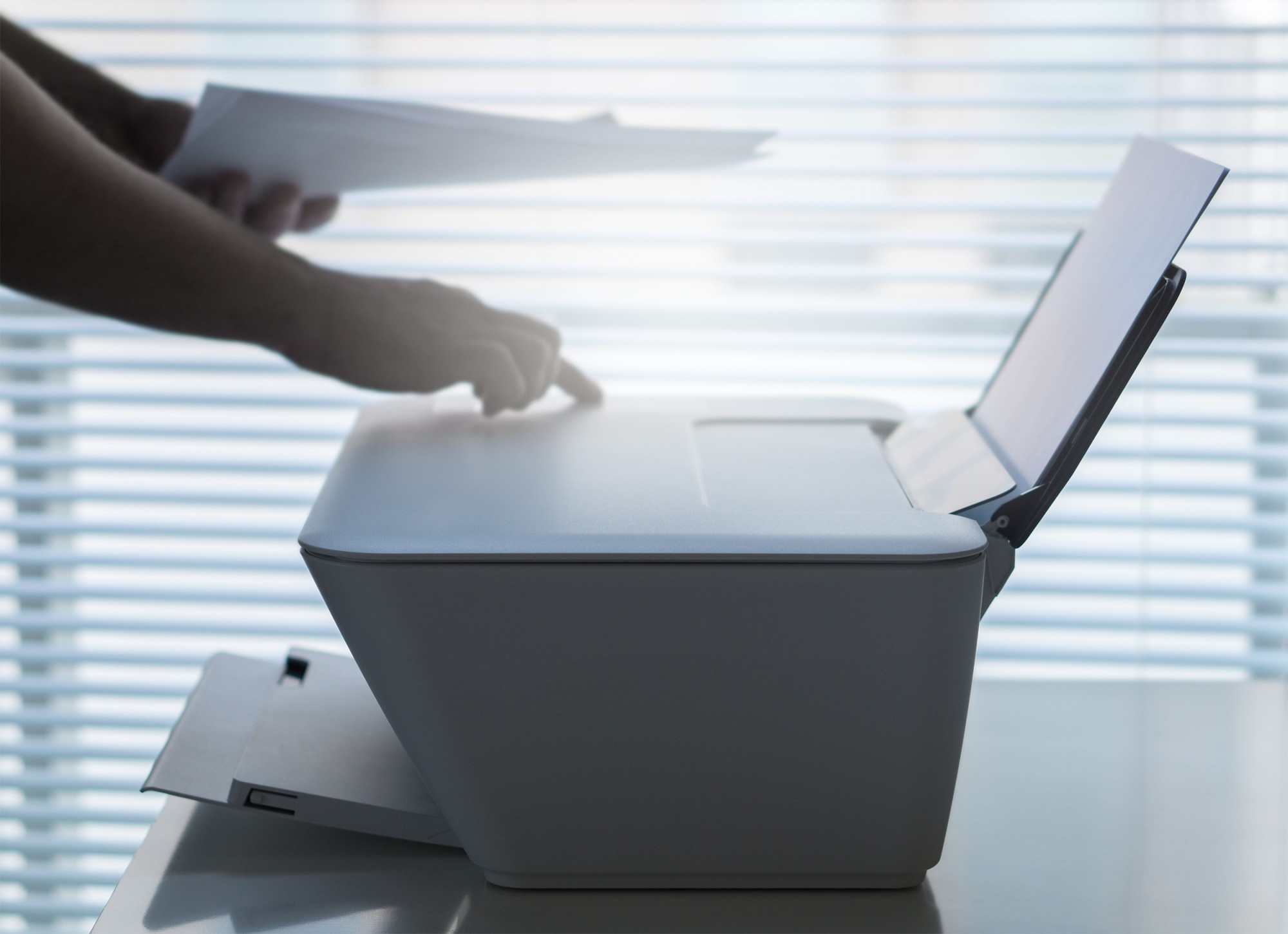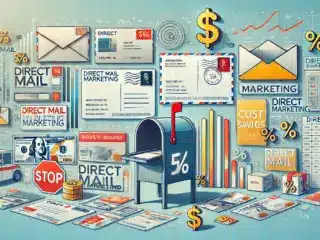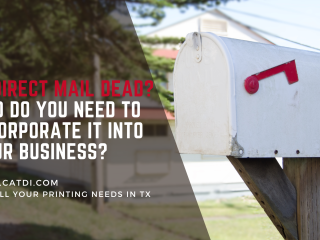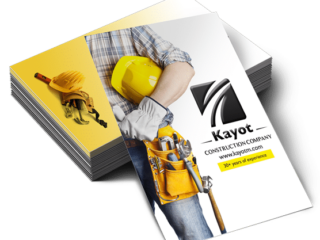Last Updated on January 18, 2023 by Carlos Alonso
If you’ve ever played around with your computer’s print settings, you’ve probably seen the A4 paper size option. You’ve probably also been confused by the fact that A4 paper seems to be the same size as standard printer paper.
What is A4 paper, then? Why does the “standard” paper size have a different name? More importantly, is A4 printing appropriate for your project?
Keep reading for your ultimate guide to understanding paper size and printing options.
A4 Paper Size
The first thing to note is that the default printer paper size is not identical to the A4 paper size. They are, however, very close.
Default print jobs are formatted to fit an 8.5-inch by 11-inch piece of paper. Depending on what type of document you’re printing and what program you’re using to print it, it may be labeled “Letter.” A4 size paper, on the other hand, is closer to 8.25-inches by 11.75-inches.
This slight difference stems from cultural differences. Specifically, it reflects the difference between countries that use the metric system and countries that use the imperial system. In the United States and other countries that use the imperial system of measurement, our machines are designed to measure print jobs in inches.
In most of Europe, Asia, and Australia, however, people and machines alike tend to measure print jobs in centimeters. Using metric measurements, the A4 paper size is a more exact 21cm by 29cm.
The printing industry uses the metric system of paper sizes for a couple of reasons.
One, it’s more accessible internationally. The International Organization for Standardization (ISO) designed the A-system of paper measurement with this goal in mind. Even in the United States, Letter paper is a comparable size to A4 paper.
Two, metric paper sizes are intuitive and proportionate. As you increase from A4 all the way up to A1 on the scale, the paper doubles in size.
For example, A3 paper is 29cm by 42cm. The longest side of the A4 paper, which is also 29cm, becomes the shortest side of the A3 paper. Likewise, A2 paper is 42cm by 59.5cm.
Moving down the size chart from A4 to A7, the paper cuts itself in half. For example, the short side of the A4 paper (21cm) becomes the long side of A5 paper.
A3 Printing vs. A4 Printing
A4 doesn’t just indicate a specific paper size. It can also refer to a type of printer.
Like A4 is considered the standard paper size, A4 printers are standard printers. That doesn’t mean A4 printers can’t have extra features like scanners and email connectivity. It just means that they’re only equipped to handle print jobs that require A4/Letter-sized paper or smaller.
If you need to print anything larger than that, you’ll need a different kind of printer. The other standard option for most companies, organizations, and home offices is the A3 printer. As the name suggests, A3 printers can print anything up to the A3 page size (or 29cm by 42cm, as noted in the previous section).
When Is A4 Printing Appropriate?
A4 is the default paper size for a reason. It is the most common paper size for business documents, school reports, flyers, menus, letterheads and door signs. As the name of its North American equivalent suggests, it’s also the most common size for letters.
If you plan on scanning your document to another person or machine, A4 size is your best bet. Because it is the most widely-used option, you’re pretty much guaranteed that the recipient will be able to handle that paper size.
The same is true for physical mailing. Large envelopes are designed to comfortably fit A4 paper without folding or creasing. Likewise, regular envelopes are designed to fit a tri-folded page of A4 paper.
Other Paper Sizes and Printers
Just because A4 paper is the most common paper size doesn’t mean that it is appropriate for every situation.
The international printer standard addresses most of the paper sizes you’ll need for day-to-day business purposes. A7, which is about 3-inches by 4-inches, is perfect for business cards. A6, which is about 4.1-inches by 5.8-inches, is ideal for postcards and notes. If you need something a little bigger, like a menu or a pamphlet, go up to A5 (about 5.8-inches by 8.3-inches).
On the other end of the spectrum, it’s possible that you’ll need to print something on Legal paper, which is 8.5-inches by 14-inches. The width of the short side of Legal paper is the same as that for Letter paper, but it’s a bit longer. This makes it impossible to print on a standard A4 printer.
If you’re working with maps, large flowcharts, or other diagrams, you may need something even larger. Depending on how detailed you want your print job to appear, you can go all the way up to A1.
For smaller print jobs, simply print on smaller paper size. This doesn’t necessarily mean you have to buy smaller paper, just that you’ll need to reconfigure your printer’s settings. (If you’re a PC user, here’s a quick walkthrough of how to change your print settings manually.)
For Legal printing, you should invest in an A3 printer. For anything larger than that, you may need to hire a third-party. Printing companies are equipped to handle larger printer jobs, and you can customize your order to meet your pricing limitations.
All Your Printing Needs Addressed in One Convenient Location
Printing from your home isn’t always the best option.
Whether you need standard A4 printing, a print job the size of a stamp, or a banner that can cover the side of a building, it may be better to use a professional printing service.
To check out the possibilities, visit Catdi.com or message a representative through the contact page.



![How to Design An Effective Business Card [2024] 3 How to Design An Effective Business Card](https://www.catdi.com/wp-content/uploads/2024/11/How-to-Design-An-Effective-Business-Card-300x200.jpg)











